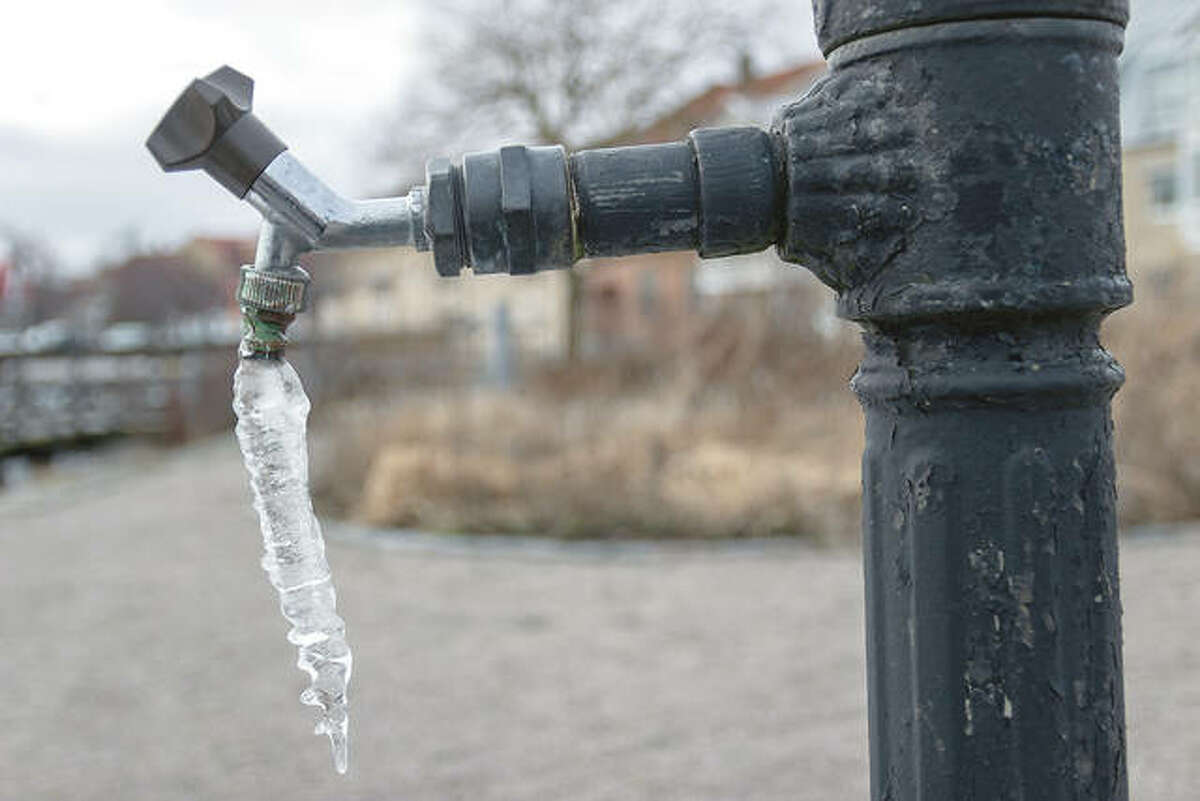How to Keep Your Pipes from Freezing Damage: Essential Advice
How to Keep Your Pipes from Freezing Damage: Essential Advice
Blog Article
The content on the next paragraphs on the subject of Preventing and dealing with frozen pipes is particularly insightful. Try it and draw your own personal ideas.

Winter can damage your pipes, specifically by freezing pipelines. Here's how to avoid it from happening and what to do if it does.
Intro
As temperatures decline, the risk of frozen pipelines increases, possibly resulting in pricey repair work and water damages. Understanding exactly how to stop frozen pipelines is crucial for house owners in cold environments.
Avoidance Tips
Insulating susceptible pipelines
Cover pipelines in insulation sleeves or use heat tape to secure them from freezing temperature levels. Concentrate on pipelines in unheated or exterior areas of the home.
Home heating methods
Maintain indoor rooms appropriately heated, especially locations with pipes. Open up closet doors to enable cozy air to distribute around pipes under sinks.
Exactly how to identify frozen pipelines
Seek lowered water circulation from faucets, unusual smells or noises from pipelines, and noticeable frost on subjected pipes.
Long-Term Solutions
Architectural modifications
Think about rerouting pipes far from exterior walls or unheated locations. Add additional insulation to attic rooms, cellars, and crawl spaces.
Upgrading insulation
Buy top notch insulation for pipes, attic rooms, and walls. Correct insulation assists keep constant temperatures and lowers the risk of icy pipes.
Securing Outdoor Pipes
Yard hose pipes and exterior faucets
Disconnect and drain pipes garden hose pipes before winter. Mount frost-proof spigots or cover outdoor taps with shielded caps.
Recognizing Icy Pipes
What causes pipes to ice up?
Pipelines ice up when exposed to temperature levels listed below 32 ° F (0 ° C) for expanded periods. As water inside the pipes ices up, it increases, putting pressure on the pipe walls and potentially causing them to burst.
Risks and damages
Frozen pipes can lead to water disturbances, home damage, and expensive repair work. Burst pipelines can flooding homes and cause considerable architectural damages.
Signs of Frozen Piping
Determining frozen pipes early can stop them from breaking.
What to Do If Your Pipes Freeze
Immediate actions to take
If you presume frozen pipelines, maintain faucets open to relieve stress as the ice melts. Make use of a hairdryer or towels soaked in hot water to thaw pipelines slowly.
Verdict
Avoiding icy pipes calls for positive measures and fast reactions. By understanding the causes, indicators, and preventive measures, home owners can protect their pipes throughout cold weather.
5 Ways to Prevent Frozen Pipes
Drain Outdoor Faucets and Disconnect Hoses
First, close the shut-off valve that controls the flow of water in the pipe to your outdoor faucet. Then, head outside to disconnect and drain your hose and open the outdoor faucet to allow the water to completely drain out of the line. Turn off the faucet when done. Finally, head back to the shut-off valve and drain the remaining water inside the pipe into a bucket or container. Additionally, if you have a home irrigation system, you should consider hiring an expert to clear the system of water each year.
Insulate Pipes
One of the best and most cost-effective methods for preventing frozen water pipes is to wrap your pipes with insulation. This is especially important for areas in your home that aren’t exposed to heat, such as an attic. We suggest using foam sleeves, which can typically be found at your local hardware store.
Keep Heat Running at 65
Your pipes are located inside your walls, and the temperature there is much colder than the rest of the house. To prevent your pipes from freezing, The Insurance Information Institute suggests that you keep your home heated to at least 65 degrees, even when traveling. You may want to invest in smart devices that can keep an eye on the temperature in your home while you’re away.
Leave Water Dripping
Moving water — even a small trickle — can prevent ice from forming inside your pipes. When freezing temps are imminent, start a drip of water from all faucets that serve exposed pipes. Leaving a few faucets running will also help relieve pressure inside the pipes and help prevent a rupture if the water inside freezes.
Open Cupboard Doors
Warm your kitchen and bathroom pipes by opening cupboards and vanities. You should also leave your interior doors ajar to help warm air circulate evenly throughout your home.

I found that review about Helpful Tips to Prevent Frozen Pipes this Winter while perusing the internet. Sharing is good. One never knows, you may very well be doing someone a favor. Many thanks for going through it.
This Resource Report this page